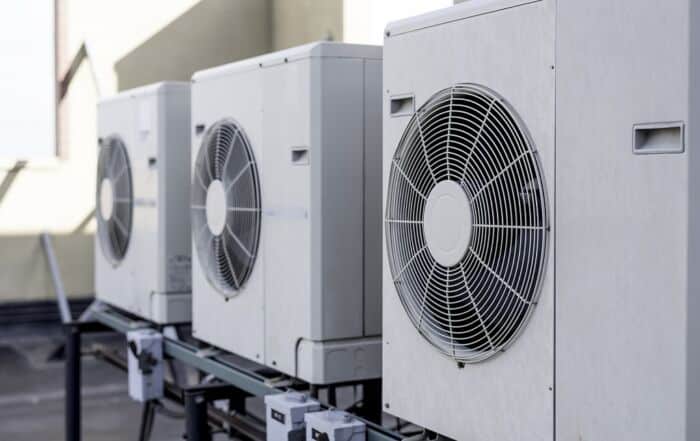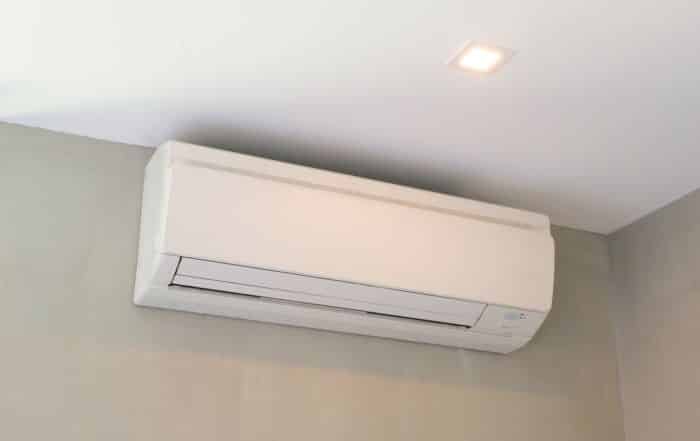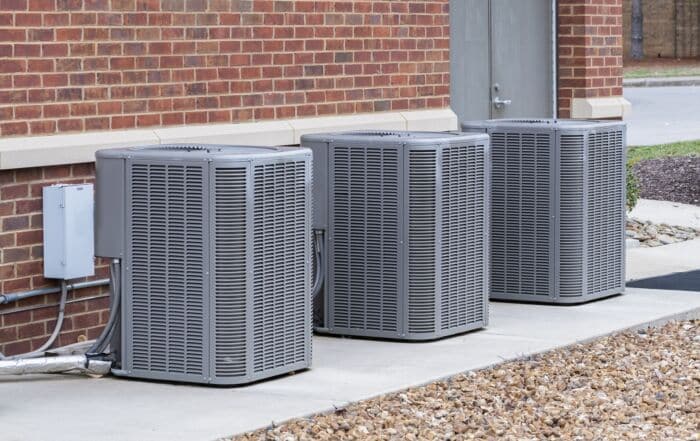Your home's HVAC (Heating, Ventilating, and Air Conditioning) system plays a significant role in ensuring your overall comfort by maintaining optimal temperatures and indoor air quality. Yet, for many homeowners, their HVAC system can seem like a complex and mysterious machine. Understanding the HVAC system can not only give you peace of mind but also help you maintain your system more effectively, saving you money on energy bills and possible costly repairs.
In this comprehensive guide, we will explore the basics of your home's HVAC system, breaking down its essential components and explaining how they work together to heat or cool your home. We'll also provide helpful information to help you maintain your HVAC system and make informed decisions when it comes to repairs or replacements. Whether you're a first-time homeowner or simply looking to expand your knowledge, this beginner's guide will empower you to take control of your home's comfort, all year round.
1. The Fundamental Components of an HVAC System
To better understand your HVAC system, it's important to familiarize yourself with its main components. These essential elements work together to heat, cool, and ventilate your home:
- Furnace: The furnace is the heart of your HVAC system. It is responsible for heating your home by using a heat source, such as natural gas, oil, or electricity, to warm up the air that's then distributed throughout your home.
- Air Conditioner: The air conditioner cools your home by removing heat from the indoor air and releasing it outside. The main components of an air conditioner are the compressor, condenser coil, evaporator coil, and refrigerant.
- Ductwork: The ducts are a network of metal or plastic tubes that distributes the heated or cooled air from your furnace or air conditioner to the various rooms in your house.
- Thermostat: The thermostat is a control device that allows you to set the desired temperature for your home. It communicates with your HVAC system, signaling it to turn on or off as needed to maintain the set temperature.
- Ventilation System: The ventilation system helps maintain indoor air quality by exchanging stale indoor air with fresh outdoor air. This is usually done through natural ventilation, mechanical ventilation, or a combination of both.
2. The Heating Process
Understanding how your HVAC system heats your home starts with the furnace. When your thermostat detects that the indoor temperature is below the set level, it signals the furnace to turn on. The furnace then draws in air from the return air ducts and pulls it through the heat exchanger, which is heated by a heat source, such as a gas burner or electric heating element.
Once the air is heated, it is distributed by a blower fan through the supply ducts and delivered to the various rooms via vents or registers. The cooled air is then returned through the return ducts, where it is reheated and the process repeats. This cycle continues until the thermostat signals the furnace to shut off when the desired temperature is reached.
3. The Cooling Process
The air conditioning process is similar to the heating process, but it works in reverse. When your thermostat detects that the indoor temperature is above the set level, it signals the air conditioner to turn on. The air conditioner extracts heat from the indoor air by passing it through the evaporator coil, which contains refrigerant. The refrigerant absorbs the heat, causing it to evaporate and change from a liquid state to a gaseous state.
The heated gaseous refrigerant is then sent to the outdoor compressor and condenser unit, where the heat is expelled, and the refrigerant is cooled back to its liquid state. The cooled refrigerant is then sent back to the evaporator coil, where the process repeats. This cycle continues until the thermostat signals the air conditioner to shut off when the desired temperature is reached.
4. Ventilation and Indoor Air Quality
Proper ventilation is crucial to maintaining good indoor air quality in your home. Various factors such as cooking, cleaning, or everyday activities can contribute to accumulations of humidity, odors, or even indoor pollutants like volatile organic compounds (VOCs). A well-ventilated home efficiently exchanges stale indoor air with fresh outdoor air, reducing the risk of poor indoor air quality that can lead to respiratory issues, allergies, or odors.
There are different types of ventilation systems, including:
- Natural Ventilation: This type of ventilation utilizes natural airflows, such as windows, vents, or even small gaps in your home's structure, to exchange indoor and outdoor air. Although natural ventilation can be cost-effective and energy-efficient, relying solely on it may not always provide adequate ventilation.
- Mechanical Ventilation: Mechanical ventilation uses fans and ductwork to control the exchange of air between indoor and outdoor spaces. Some common forms of mechanical ventilation are exhaust fans or whole-house ventilation systems that incorporate heat recovery or energy recovery.
5. HVAC System Efficiency
HVAC system efficiency is crucial to reducing energy consumption and lowering energy bills. The efficiency of an HVAC system refers to its ability to convert energy into heating or cooling while minimizing energy loss. One common measurement of HVAC system efficiency is the Seasonal Energy Efficiency Ratio (SEER), which rates the efficiency of air conditioners. The higher the SEER number, the more efficient the air conditioner.
To maintain the efficiency of your HVAC system, consider regular maintenance, such as cleaning or replacing air filters, inspecting and sealing ductwork, and scheduling professional maintenance checkups. Additionally, upgrading to a higher SEER air conditioner or modernizing your outdated HVAC system can lead to long-term energy savings.
By understanding the basic components and processes of your HVAC system, you can make informed decisions about system maintenance, repairs, and upgrades, ensuring a comfortable and healthy living environment in your home.
Master Your HVAC System for Year-Round Comfort
In conclusion, familiarizing yourself with the fundamental components and functions of your HVAC system empowers you to make better decisions when it comes to maintenance, repairs, and efficiency improvements. A well-maintained HVAC system not only enhances the comfort and air quality of your home but also translates to long-term cost savings on energy bills and reduced potential for costly repairs.
When you need expert support for your heating, ventilation, or air conditioning needs in Dallas, trust [Dallas Heating and AC](http://dallasheatingac.com/). Our experienced technicians are equipped to handle all your HVAC challenges, providing top-quality service you can rely on. Don't leave your home's comfort and efficiency to chance – contact us today for heating and air conditioning repair service in Dallas!
Related Posts
Exploring Ductless Air Conditioning Systems for Small Spaces
If you’re a homeowner tired of sweating through sweltering summers, a ductless air conditioning [...]
Signs Your Air Conditioning Unit Needs Professional Maintenance
Imagine coming home on a sweltering summer day only to find that your air [...]
Common Misconceptions About Air Conditioning Usage and Costs
Air conditioning units are a staple in many homes, especially during the hot summer [...]


